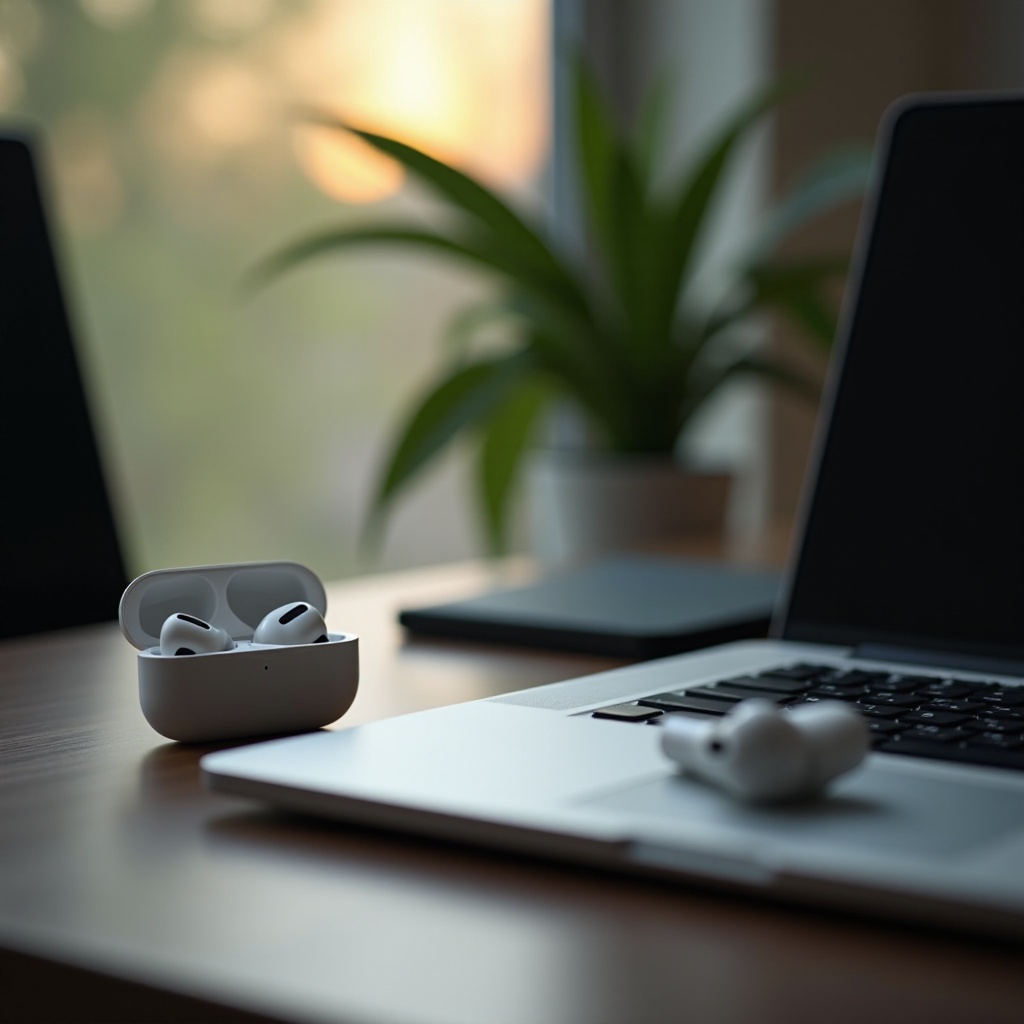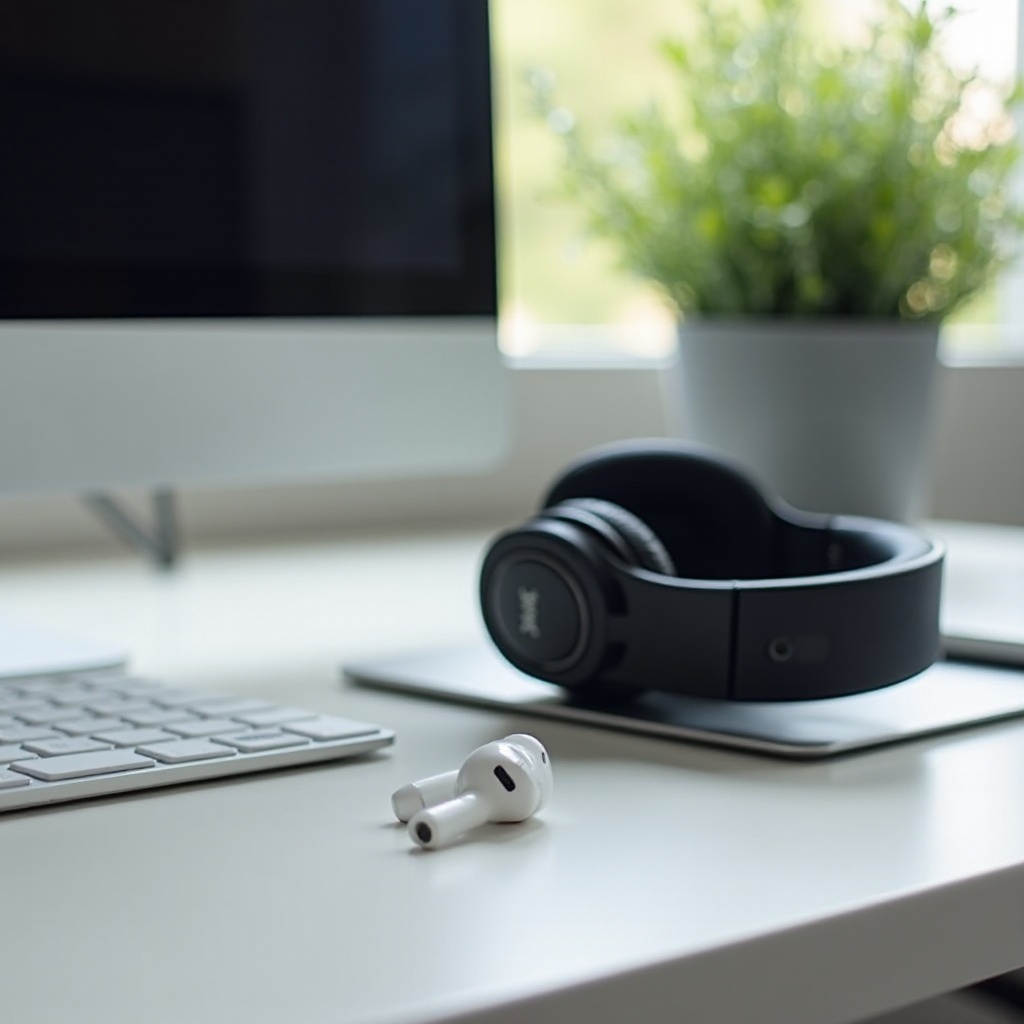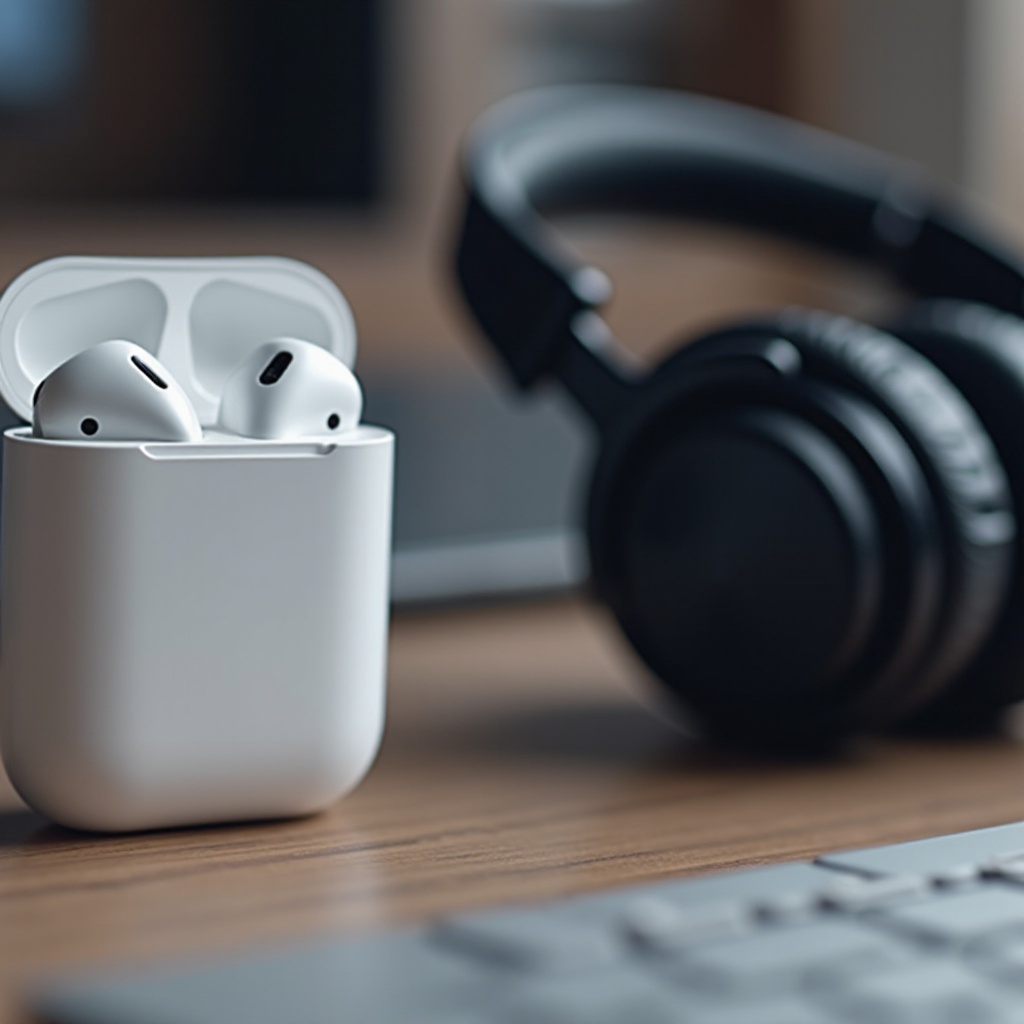
Introduction
Using multiple audio devices can enhance your PC experience in many ways. Whether you’re a gamer needing pinpoint sound accuracy, a professional attending multiple virtual meetings, or someone multitasking between music and work, the combination of AirPods and a wireless headset could be game-changing. But how feasible is it to use both AirPods and a wireless headset on a single PC? Let’s dive in and explore the logistics, compatibility, and setup processes to help you make the most out of your audio devices.

Why Use Both AirPods and a Wireless Headset?
Balancing multiple audio devices might seem excessive at first glance, but it comes with its own set of advantages:
-
Versatility: Having both AirPods and a wireless headset provides flexibility. For instance, you could use AirPods for quick calls or listening to music on the go, while reserving your wireless headset for gaming or longer online sessions.
-
Battery Management: Owning multiple devices means you can switch between them as soon as one runs out of battery. This is particularly useful during long work or gaming sessions.
-
Personal Preference: Different tasks might require varied sound qualities. A high-end wireless headset might provide superior sound quality for gaming and movies, while AirPods offer ease of use and quick, seamless connectivity for daily tasks.
-
Comfort: Over-the-ear wireless headsets can become uncomfortable after extended use. AirPods, being lighter, can offer respite without compromising on functionality.
Using both devices can centralize your entertainment and work hardware, improving overall user experience by catering to different needs effectively.
Compatibility Check
Before setting up both devices, it’s important to ensure your PC is compatible. Most modern PCs come equipped with Bluetooth capability, but it’s always good to check:
-
Bluetooth Version: Ensure your PC supports at least Bluetooth 4.0 for seamless connectivity.
-
System Updates: Keep your operating system updated. Sometimes, Bluetooth drivers need updating for better compatibility.
-
Device Compatibility: Confirm that both your AirPods and wireless headset are compatible with your PC’s Bluetooth.
By verifying compatibility, you can preemptively troubleshoot and avoid potential connectivity issues.
Setting Up AirPods on Your PC
Here’s how you can connect your AirPods to your PC:
-
Enable Bluetooth on Your PC: Go to Settings > Devices > Bluetooth & other devices > Add Bluetooth or other devices > Bluetooth, and make sure it is turned on.
-
Put AirPods in Pairing Mode: With both AirPods in their case, open the lid. Press and hold the setup button on the back of the case until the status light flashes white.
-
Connect to AirPods: Your PC should now detect the AirPods. Click on ‘AirPods’ once it appears in the Bluetooth device list and follow the prompts to connect.
-
Check Audio Settings: Go to Settings > System > Sound, and ensure that your AirPods are set as the default output and input device under Output and Input sections.
-
Final Adjustments: Adjust the volume and other settings as necessary, and your AirPods are ready for use on your PC.
With these steps, your AirPods should seamlessly integrate with your PC.
Setting Up a Wireless Headset on Your PC
Setting up a wireless headset is similar to connecting AirPods:
-
Turn on Bluetooth: Ensure Bluetooth is enabled on your PC via Settings > Devices > Bluetooth & other devices.
-
Put the Headset in Pairing Mode: Each wireless headset will have its own method for entering pairing mode. Commonly, you’ll need to hold the power button or a dedicated pairing button until a light flashes.
-
Connect to the Headset: Once the headset is in pairing mode, it should appear in the list of discoverable devices on your PC. Click it, and follow the prompt to complete the connection.
-
Check Audio Settings: Access Settings > System > Sound and set your wireless headset as the default output and input device.
-
Configure Advanced Settings: Some headsets come with dedicated software for advanced configuration like equalizer settings, surround sound options, etc. Download such software if necessary.
With both audio devices set up correctly, your audio experience can reach new heights tailored to your specific activities.

Using Both Devices Simultaneously
Now that both devices are connected, you might want to use them simultaneously. Here’s how:
-
Dual Setup Usage: Windows traditionally supports a single default playback device at a time. In applications where you can choose audio devices, like Zoom or Microsoft Teams, manually set the preferred device within the app settings.
-
Virtual Audio Cable: For simultaneous audio output, you’ll need third-party software. Virtual Audio Cable (VAC) or Voicemeeter Banana are popular choices. These tools essentially split audio signals, mirroring the output to both AirPods and the wireless headset.
-
Configure VAC or Voicemeeter: Install the software and set up audio rerouting. For instance, in Voicemeeter, configure different hardware outputs and mirror your main audio stream to multiple devices.
-
Testing Simultaneous Output: Play some media, ensure that both AirPods and the wireless headset are outputting the sound simultaneously. Fine-tune settings for optimal performance.
By setting up third-party software, you can effectively use both audio devices together, tailored to specific tasks or preferences.
Troubleshooting Multiple Audio Device Issues
Running into issues is common when managing multiple devices. Here’s how you can troubleshoot:
-
Check Device Priority: Ensure the other device isn’t automatically hijacking the audio. Manage this in your system’s sound settings.
-
Re-pair Devices: If connections drop or stutter, removing and re-pairing both devices can often reset and clear up issues.
-
Driver Updates: Ensure Bluetooth drivers are up-to-date. This often resolves connectivity and sound issues.
-
Software Conflicts: Third-party software managing audio should be checked for proper configuration. Sometimes software conflicts can prevent simultaneous audio output.
-
Restart Devices: Sometimes a simple reboot of your computer or the audio devices can resolve unknown issues.
Consistent troubleshooting resolves most of the commonly encountered issues when using multiple audio devices.

Conclusion
Utilizing both AirPods and a wireless headset on your PC can significantly enhance your listening experience. Through careful setup and configuration, you can customize your audio environment to suit your specific needs. Addressing compatibility and setup processes is vital, and we’ve highlighted how to navigate potential issues with ease. Embrace the future of multi-device audio setups, and enjoy the seamless blending of utility and entertainment in your daily routines.
Frequently Asked Questions
Can you connect multiple Bluetooth audio devices to a PC at the same time?
Yes, you can connect multiple Bluetooth audio devices to a PC, but traditionally only one audio output can be active at a time. Using third-party software like Virtual Audio Cable can allow multiple devices to output audio simultaneously.
What software can help manage multiple audio devices on a PC?
Virtual Audio Cable and Voicemeeter Banana are popular software options to manage and route audio to multiple devices simultaneously on a PC.
Will using multiple audio devices affect the sound quality?
Using multiple audio devices generally does not affect sound quality if set up correctly. However, issues can arise from Bluetooth interference, outdated drivers, or software conflicts, which can all be troubleshot through updates and settings adjustments.
